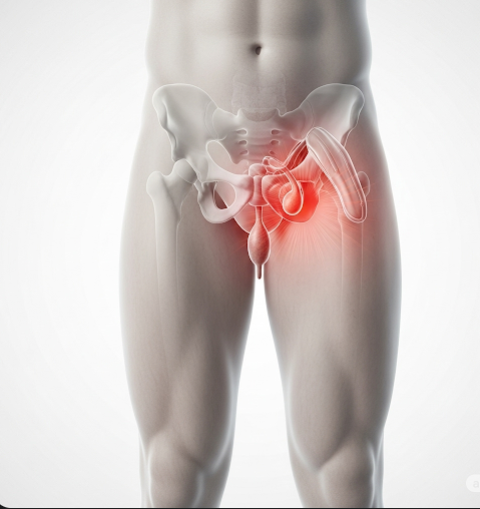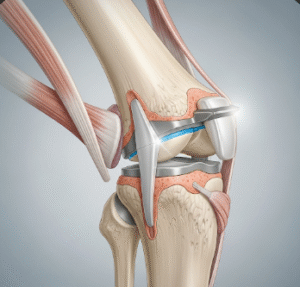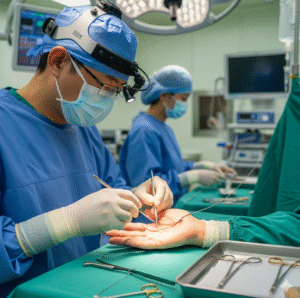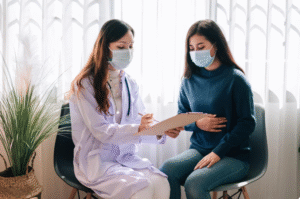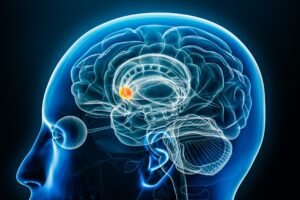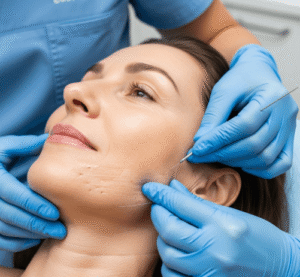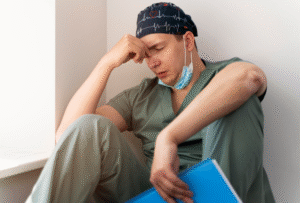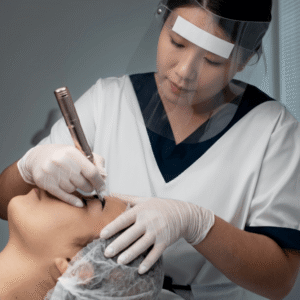Overview
Testicular pain, also known as orchialgia, is discomfort or pain that occurs in one or both testicles. This symptom can range from mild and intermittent to severe and sudden, and it may indicate an underlying medical condition requiring prompt attention. Causes can include infections, injuries, chronic conditions, or even referred pain from other areas such as the lower abdomen or groin. In Korea, patients have access to advanced diagnostic imaging, specialized urology clinics, and effective treatments that target both acute and chronic testicular pain.
What is Testicular Pain?
Testicular pain refers to any discomfort felt in the testicles, scrotum, or surrounding structures. It is often classified as acute (lasting less than six weeks) or chronic (persisting longer than three months). Acute pain typically results from sudden injuries, torsion, or infection, while chronic pain may be caused by persistent inflammation, nerve issues, or prior trauma. The severity and duration of testicular pain can significantly impact quality of life, making early evaluation essential.
Symptoms
Symptoms associated with testicular pain vary depending on the cause and may include:
- Sharp, stabbing, or dull aching pain in one or both testicles
- Swelling, redness, or tenderness of the scrotum
- Pain radiating to the lower abdomen, groin, or back
- Fever or nausea if the pain is due to infection
- Difficulty or pain during urination
- Heaviness or discomfort in the scrotum
- Sudden onset of severe pain, potentially indicating an emergency
Identifying accompanying symptoms can help determine the underlying cause and guide treatment.
Causes
Testicular pain can arise from multiple conditions, including:
- Testicular torsion: A medical emergency where the spermatic cord twists, cutting off blood supply.
- Epididymitis: Inflammation of the epididymis, often caused by bacterial infections or sexually transmitted infections.
- Orchitis: Infection of the testicle, sometimes related to mumps or other viral infections.
- Trauma or injury: Direct impact to the testicle from accidents or sports activities.
- Hernia: Inguinal hernias can cause referred pain to the testicles.
- Kidney stones: Pain may radiate from the urinary tract to the testicles.
- Chronic conditions: Nerve damage, varicocele, or post-surgical complications may lead to persistent discomfort.
Risk Factors
Several factors may increase the likelihood of experiencing testicular pain:
- Age: Young males and adolescents are more prone to conditions like torsion.
- Sexual activity: Risk of epididymitis increases with unprotected sexual contact.
- Trauma or physical activity: Sports and accidents can lead to injuries.
- Previous testicular conditions: History of torsion, infection, or surgery can predispose individuals.
- Urinary tract issues: Kidney stones or infections may cause referred pain.
- Congenital abnormalities: Conditions such as undescended testicles increase susceptibility.
Complications
Untreated testicular pain can lead to serious complications depending on the underlying cause:
- Loss of the testicle due to torsion
- Infertility from chronic infection or untreated inflammation
- Spread of infection to other parts of the reproductive or urinary system
- Chronic pain syndrome, affecting daily activities and quality of life
- Psychological distress, anxiety, or depression due to persistent discomfort
Prevention
While not all causes of testicular pain are preventable, certain measures can reduce risk:
- Wear protective gear during sports or high-risk activities
- Practice safe sexual behaviors to prevent infections
- Perform regular self-examination to detect lumps or abnormalities
- Seek prompt medical attention for trauma, swelling, or persistent pain
- Maintain proper hygiene to reduce the risk of infections
- Manage chronic conditions, such as varicocele, under medical supervision
Treatment Options in Korea
Korea provides comprehensive management for testicular pain, including diagnostics, medical therapy, and surgical interventions:
1. Diagnostic Evaluation
- Physical examination and patient history
- Ultrasound imaging to detect torsion, tumors, or inflammation
- Urine and blood tests to identify infections or systemic conditions
- CT or MRI scans for complex or referred pain cases
2. Medical Treatments
- Antibiotics for bacterial infections such as epididymitis or orchitis
- Pain management using NSAIDs or analgesics
- Anti-inflammatory medications for chronic inflammation
- Hormonal therapy if endocrine issues are involved
3. Minimally Invasive Procedures
- Drainage of abscesses or fluid accumulation if necessary
- Spermatic cord block or nerve-targeted injections for chronic pain
4. Surgical Treatments
- Testicular torsion repair (emergency surgery to restore blood flow)
- Varicocelectomy for varicocele-related pain
- Hernia repair if pain is caused by inguinal hernia
- Orchiectomy (rare, for severe infection or tumor-related pain)
5. Post-treatment Care
- Follow-up imaging and consultations to monitor recovery
- Physical therapy or pelvic floor exercises for chronic pain
- Patient education on avoiding strain and recognizing warning signs
- Psychological support for individuals with persistent discomfort
Cost and Hospital Care
Treatment costs in Korea vary depending on the severity and type of intervention. Advanced urology centers offer state-of-the-art diagnostic equipment, specialized surgeons, and comprehensive care programs. Patients benefit from early diagnosis, minimally invasive procedures, and tailored rehabilitation plans, ensuring optimal recovery and long-term relief from testicular pain.

